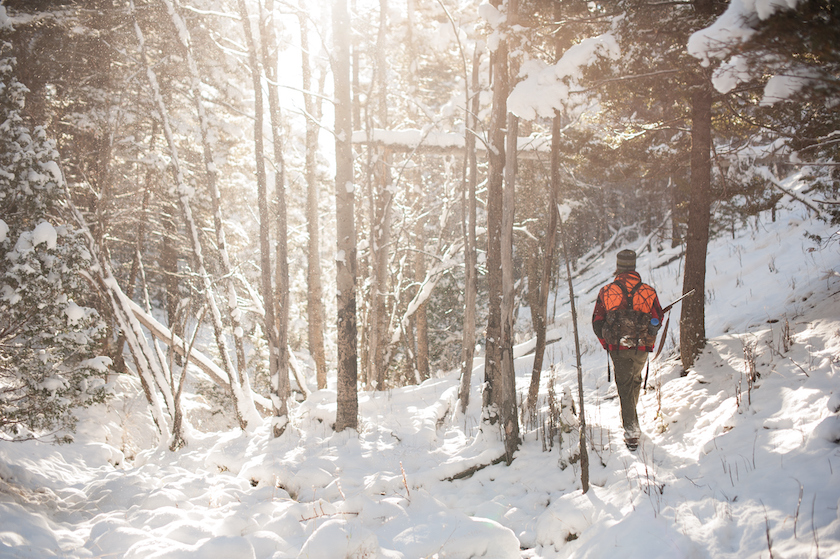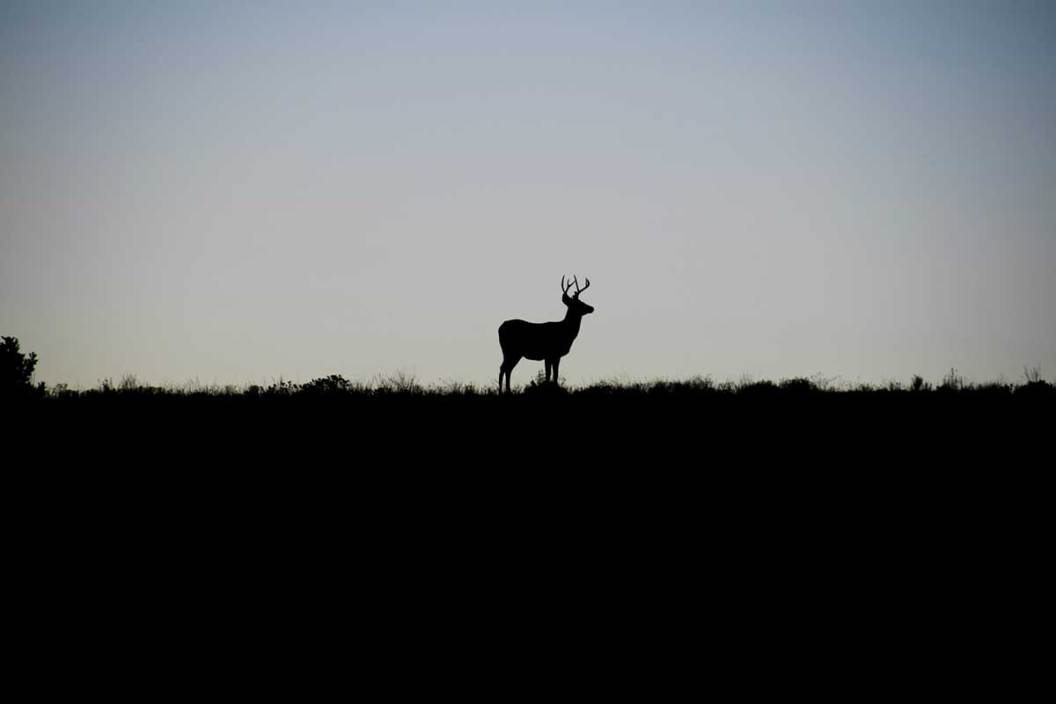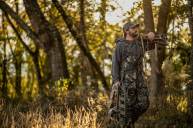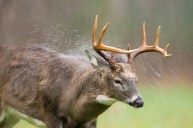There is an old saying that many deer hunters love to throw around: "You can't kill them from the couch." The idea is that the more hours spent in the stand, the higher your odds will be of seeing that trophy buck and thus getting a shot at him. The logic makes sense, right? Well, on the contrary, one of my hunting mentors would always talk about the minimal amount of time he spent in the stand, and how he would only even consider hunting when the conditions were absolutely perfect. How could both mindsets be true? This was one of the greatest whitetail hunters I have ever met, basically telling me I didn't have to exhaust so much time and energy. What he was really hinting at was getting the timing exactly right.
While I do believe that putting in long hours in the treestand during the rut will ultimately bring success when done right. But assuming certain conditions line up, the data often backs up the idea that deer activity is much higher during certain conditions, and dramatically lower in others. That should lead us as hunters to trust that there are ways you can time your hunt to give yourself the best edge.
This gets even more important if you are hunting public land. Harvesting a mature whitetail on even the best public land is an extremely difficult goal, and to achieve it, you need to make every sit count. Bucks are constantly being pressured and forced to escape certain areas due to hunter population on public land. To ensure that you are making the most of each hunting opportunity, there are some things to look for that will let you know the odds are in your favor.
Cold Fronts

Nothing seems to get deer on their feet quicker than when a cold front rolls through. A wise hunter used to tell me that deer can sense when a cold front was coming, which is why they seem to be extremely active just before it hits. I've actually witnessed increased buck movement coincide with a soon-to-come cold snap a lot over the years. If you see a cold front coming in the forecast, it's time to hit the treestand.
High Barometric Pressure

Research has shown that deer movement can be incredibly high when that barometer starts to break 30. There is much debate about this. Some argue that the barometric pressure itself has nothing to do with deer activity, but rather the pressure change is caused by weather conditions such as storms, which would otherwise have an impact on deer movement. Others will argue that whitetails are able to sense pressure changes, and thus change their routine based on it. That sounds a lot more like fish than deer to me, but I'm not a biologist.
Regardless of your belief, the fact remains that high barometric pressure can be correlated to high deer movement. As a storm comes through and passes, there is a concrete shift in deer movement, which coincidentally is when we see a rise in barometric pressure. So if you're looking at that barometer and seeing it jump over 30, start heading towards the treestand.
The Right Wind

A big part of how a deer behaves and how they travel is based on the wind direction. Whitetails, specifically mature whitetails, rely almost solely on their sense of smell to guide them and protect them from predators, and they use the wind to utilize that sense of smell. I was going after a giant typical 8-point a few years ago, and he had a pattern that just didn't seem to make sense. It was just so random and unpredictable, and I began to think making a prediction was useless. It took me several weeks to realize he only came by my treestand during a north wind.
A mature buck will only bed in areas where he has a good wind, and where he beds will have a tremendous impact on his daily movements. If you can figure out a buck's bedding area and determine how he moves based on the wind, you're on your way to pinning him.
Full Moon

I know, I know, not another moon theorist. While I typically don't put much weight into moon phases, I have to say from experience that the November full moon data is overwhelming. While this may fly in the face of everything you have heard about full moons up to this point, the full moon in November translates to morning and midday activity at an all time high. If you're able to call in sick that week, you're bound to see some action.
Don't Count Out Post-Rut
While most people hunting public land will likely use all of their time off from work during the first two weeks of November, you can play the long game and wait until the post-rut and you may even have the woods to yourself. The post-rut can be extremely exciting, with bucks searching for that last doe that hasn't been bred yet, and they're willing to throw caution to the wind in order to find her. I have found that calling and lures work the best during this time. Bucks are aggressive; they think this is their last shot, and they won't miss out on an opportunity to investigate a tending grunt, doe bleat, or some rattling.
Hunt Any Weekday

Fertnig/Getty
The vast majority of hunters are what we call "weekend warriors." A Saturday or Sunday is their only free time away from work, and there's no better place they'd rather be in the fall than in the treestand. While that's admirable, you can capitalize on this by hunting during the week, assuming your schedule allows for it. On any given weekday you might have the woods all to yourself, which means less competition and less pressured deer. I suggest you pick up that extra weekend shift and get in the woods during the week!
Final Takeaways

cathrinewalters via Getty Images
Timing is everything when it comes to deer hunting, and this is magnified when hunting on public land. Hunting during the wrong conditions can lead to ruined spots and wasted time. I'd rather hunt a quality setup once than a mediocre setup 100 times. Make the most out of your sits by watching for the right signs and conditions, and jumping on that perfect time to get in the stand.





